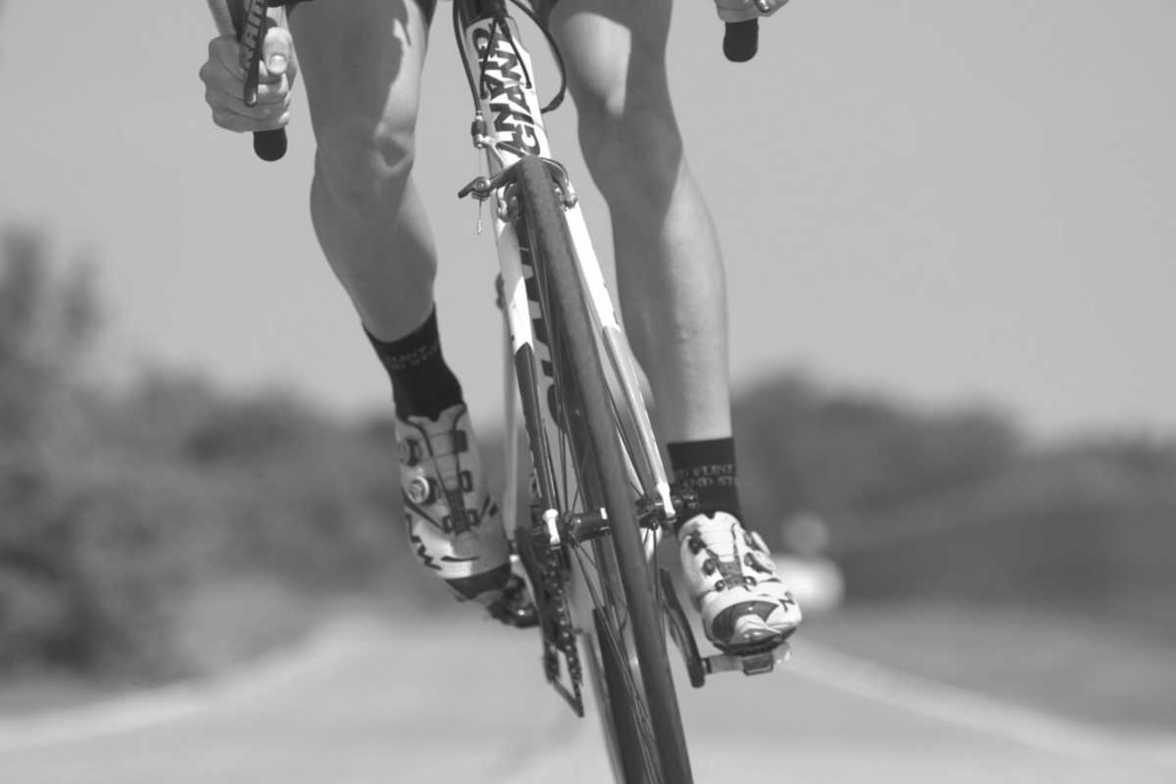
Sponsored cyclist Charles, 55, presented to the clinic with lower back and hip pain that he had been experiencing for several months. His initial entry into the health care world included myofascial release, chiropractic adjustments as well as an x-ray. The x-ray did show significant amounts of degenerative joint disease. After several weeks of traditional chiropractic care that included adjustments and soft-tissue therapy without relief, he was referred to me. Charles had two goals in mind:
- Get out of pain
- Improve cycling performance
After evaluating Charles, it was clear why he didn’t respond well to passive types of treatment like myofascial release and adjustments — his issue was the result of “internal forces.” Internal forces are the results of muscle patterns in which certain muscles are compressing their own joints they cross. The only thing that can help is retraining, basically creating a new habit. When this is the case, these issues not only drive pain syndromes due to overuse and compression, but also create “energy leaks,” which decrease performance.
With the issue identified, we created a plan for Charles that was active in nature and would require his cooperation.
Step 1: Help him feel better balance of muscle activity through very simple exercises. I took his phone and recorded 3 videos of exercises for him to perform at night that were simple and “felt good/pain relieving.”
Step 2: Ten days later, we incorporated that same coordination into slightly more difficult positions and again I took his phone and recorded those videos for him to work on.
Step 3: Ten days later, we added additional exercises again in increasing difficulty but also visited about how to incorporate those coordinations while on the bike. In addition, we typed out a plan that included the most up-to-date recovery methods known today, such as: magnesium salt baths, anti-inflammation supplementation, dry needling, a work out plan that included a balance of high intensity, moderate intensity and low intensity training days.
At the end of one month and four (4) visits Charles had:
- A Monday, Wednesday and Friday folder of videos in his phone that were both therapeutic, and performance enhancing
- A written plan of recovery methods
- A plan on how to train
After a 2-month follow up Charles was able to function pain free and noted he had never felt more “light” on the bike and was able to increase speed and distance.
###

DR. TYLER IDEUS
Contact Me



